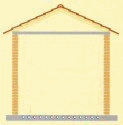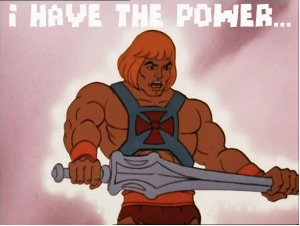The Tesla PowerWall is finally becoming available in South Africa, so I thought I’d do some “30% for math” calculations to work out payback periods.
This post is mostly inspired by the comments here – http://mybroadband.co.za/news/energy/154888-here-are-the-tesla-powerwall-systems-you-can-buy-in-south-africa.html
Thanks to MacAfrican for the criticism in my comments, otherwise I’d be too lazy to do this post 🙂
Onto the math –
Predicted cost at the moment for a daily use PowerWall is $4000.
Rand is currently hovering at R16 (lets hope Zuma doesn’t open his mouth in the near future, as that historically has lead to large drops in Rand values).


